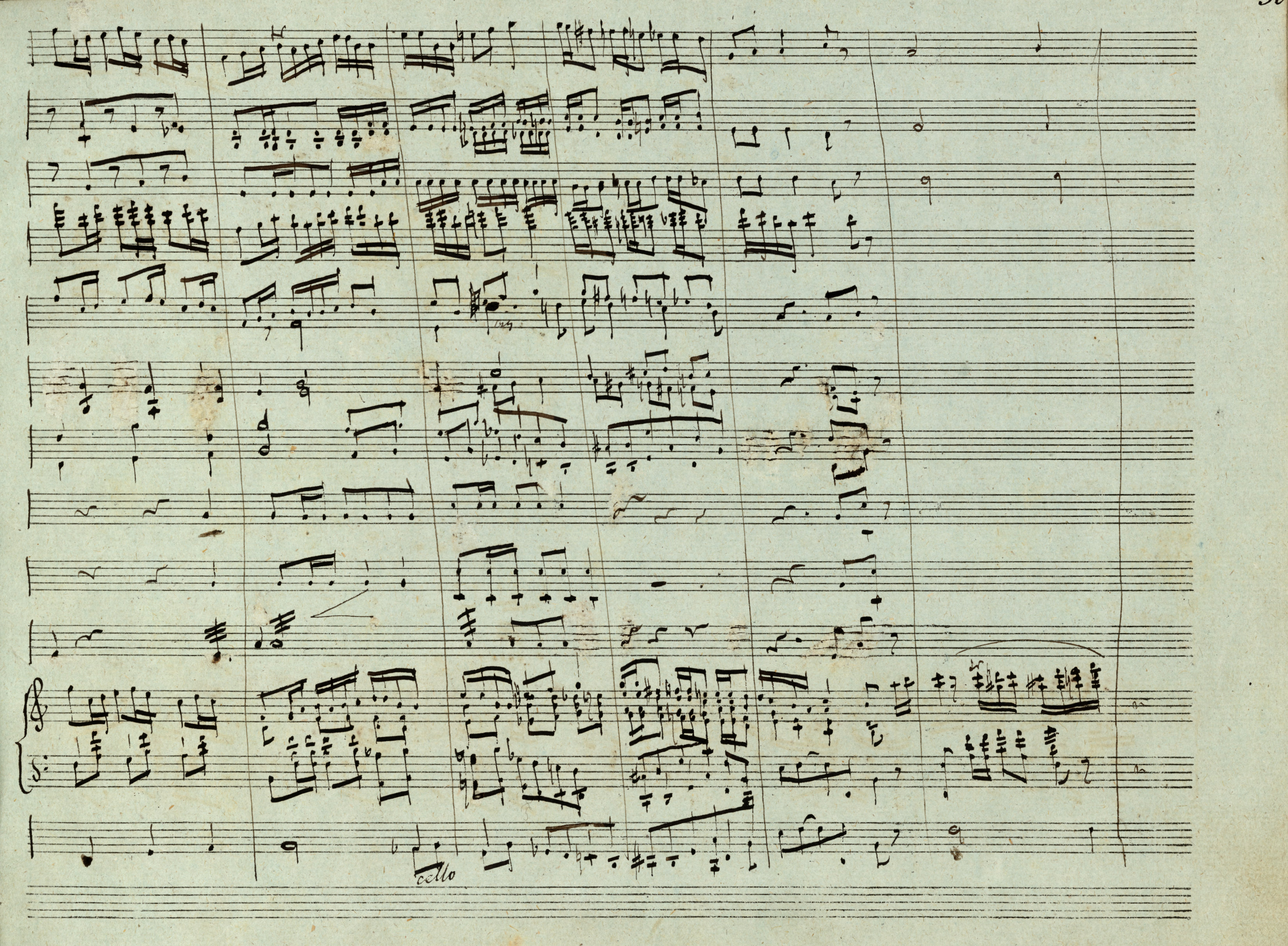Op. 2, Variations in B♭ major
Op. 10, 12 Etudes
Op. 11, Concerto in E minor
Op. 21, Concerto in F minor
Op. 22, Polonaise in E♭ major
Op. 24, 4 Mazurkas
Op. 25, 12 Etudes
Op. 26, 2 Polonaises
Op. 27, 2 Nocturnes
Op. 28, 24 Preludes
Op. 30, 4 Mazurkas
Op. 35, Sonata in B♭ minor
Op. 50, 3 Mazurkas
Op. 63, 3 Mazurkas
Op. 64, 3 Waltzes
(Op. 4), Sonata in C minor




Op. 2, Variations, complete
The top notes of the chords on the 2nd beat of the bar, d1-f1, are written down in A (→GE→FE,FESB) on the top stave, as a result of which they came within range of the R.H. part octave sign. If they were to be included by the octave sign, it would be impossible to perform them with the L.H., which is clearly indicated by the stems and the beam shared with the f-b fourths. The awkward notation most probably resulted from the initial version of this tutti, written down in AsI. The unequivocal version adopted to the main text was also introduced by EE.
fourths. The awkward notation most probably resulted from the initial version of this tutti, written down in AsI. The unequivocal version adopted to the main text was also introduced by EE.
Compare the passage in the sources »
category imprint: Interpretations within context
issues: EE revisions, Inaccuracies in A
notation: Pitch

